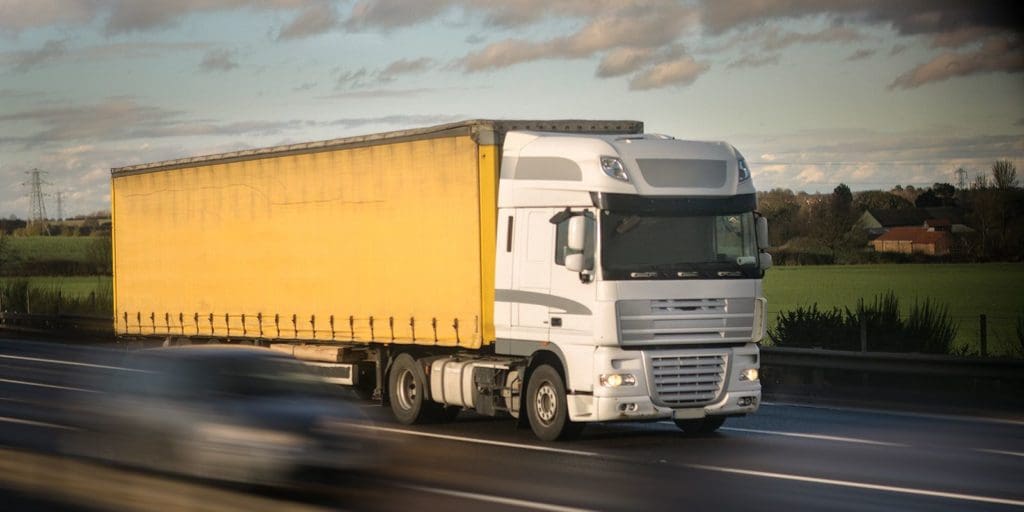Transportation costs can add up quickly for businesses, cutting into profits and reducing margins. Fortunately, there are ways to lower these costs with careful planning and analysis of your transportation needs. This guide provides some tips and tricks for reducing your business’s transportation costs.
What are the main costs for transportation?
The main costs associated with transportation for businesses are fuel usage, driver wages, taxes, vehicle maintenance, insurance, and other costs associated with the vehicles. Fuel usage is typically one of the biggest costs, as businesses typically have to purchase fuel for their vehicles in order to keep them running. Driver wages are also a large expense, as businesses must pay their drivers for their time and labour. Taxes, vehicle maintenance, and insurance all add up, creating additional costs that must be managed. All of these costs can quickly add up, resulting in a significant expense for businesses. Fortunately, there are strategies businesses can use to reduce these costs and increase their margins.
- Reducing fuel costs
Having your own fuel tank is beneficial for your business in many ways. It allows you to purchase fuel in bulk and reduce your costs, and it also gives you more control over the quality and quantity of fuel you have on hand. Having your own tank also allows you to monitor your fuel usage more closely and take steps to reduce fuel waste. When considering which type of fuel storage tank is best for your business, investing in a plastic tank may be a better option for businesses who are trying to save money. Plastic tanks are generally more affordable than steel tanks and can be more easily transported, making them a great option for businesses with high fuel demand and limited budget.
- Consolidate your delivery routes & needs
Another great way to cut down on costs for your business is to revise your delivery routes and needs. By compiling multiple journeys together, businesses can reduce the amount of fuel and labour used while increasing their efficiency. This can also help businesses save money by optimising delivery routes and reducing the amount of time spent on the road. Doing so can also help businesses reduce their carbon footprint and improve their environmental impact. By reducing the amount of fuel and labour used, businesses can lower their emissions and reduce their overall energy consumption.
- Use various modes of transport
Using different modes of transport for different needs can also lower the funds put into transportation. For example, businesses can use large lorries or vans for multiple large deliveries, while smaller vehicles such as cars can be used for individual deliveries. This allows businesses to utilise the most efficient type of vehicle for each delivery, reducing costs and improving efficiency. Businesses can also use different modes of transport for different types of goods, such as using trains for bulk shipments and smaller vehicles for individual shipments.
- Implement fuel efficient driving techniques
Teaching efficient driving methods to your employees can also help businesses reduce their transportation costs. Businesses can provide training to their drivers so they are aware of the most fuel-efficient driving techniques. This can include reducing speed limits, avoiding rapid acceleration and deceleration, and planning routes efficiently. Drivers should also be aware of how to maintain their vehicles to ensure optimal performance.
- Maintain vehicles
Maintaining vehicles is also essential for reducing transportation costs. This includes regular check-ups and servicing to ensure that the vehicle is running smoothly and efficiently. Keeping up with regular maintenance can help reduce fuel costs, as a well-maintained vehicle is more fuel-efficient than one that has not been properly maintained. This can help extend the life of the vehicle and reduce the need for costly repairs.

